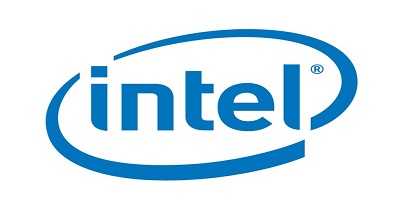LinkedIn-based intelligence gathering campaign targets the security industry
For the past several weeks an intelligence-gathering campaign has been using fake LinkedIn recruiter profiles to map out the professional networks of IT security experts, researchers from F-Secure have discovered.LinkedIn can be a great tool to establish new professional relationships and discover job opportunities. However, accepting connection requests from unknown people is a double-edged sword that can put both employees and the companies they work for at risk.There are multiple cases where attackers have used fake LinkedIn profiles to gather sensitive information about organizations and their employees. Knowing who is the manager of a particular department in a company or who is a member of the organization's IT staff can be very useful in planning targeted attacks.To read this article in full or to leave a comment, please click here



 A Wall Street analyst finds it "surprising" that Telefónica chose Juniper Networks edge routers, since the carrier had been an Alcatel-Lucent shop.
A Wall Street analyst finds it "surprising" that Telefónica chose Juniper Networks edge routers, since the carrier had been an Alcatel-Lucent shop.

 Former Cisco and VMware exec joins the VC world
Former Cisco and VMware exec joins the VC world